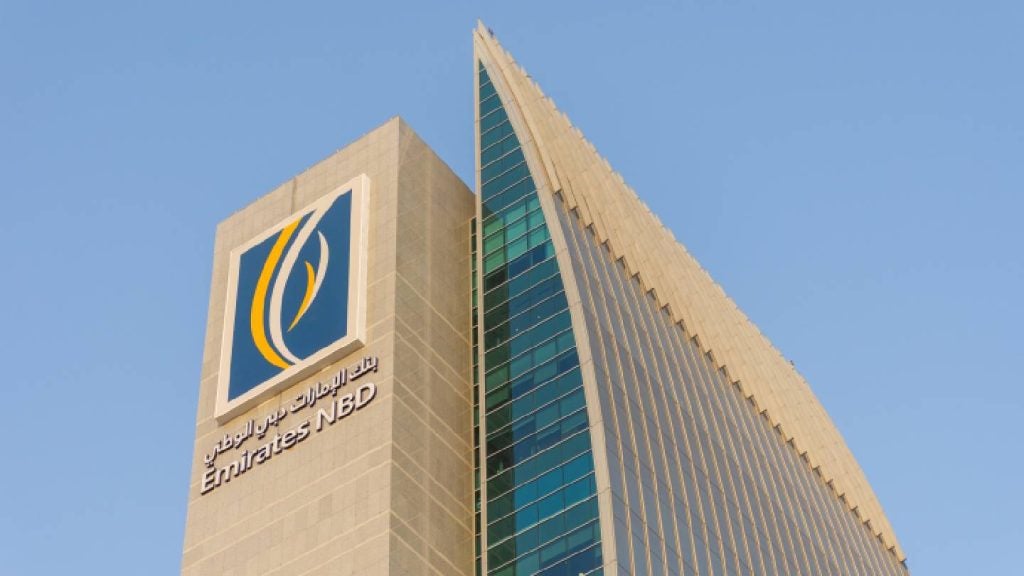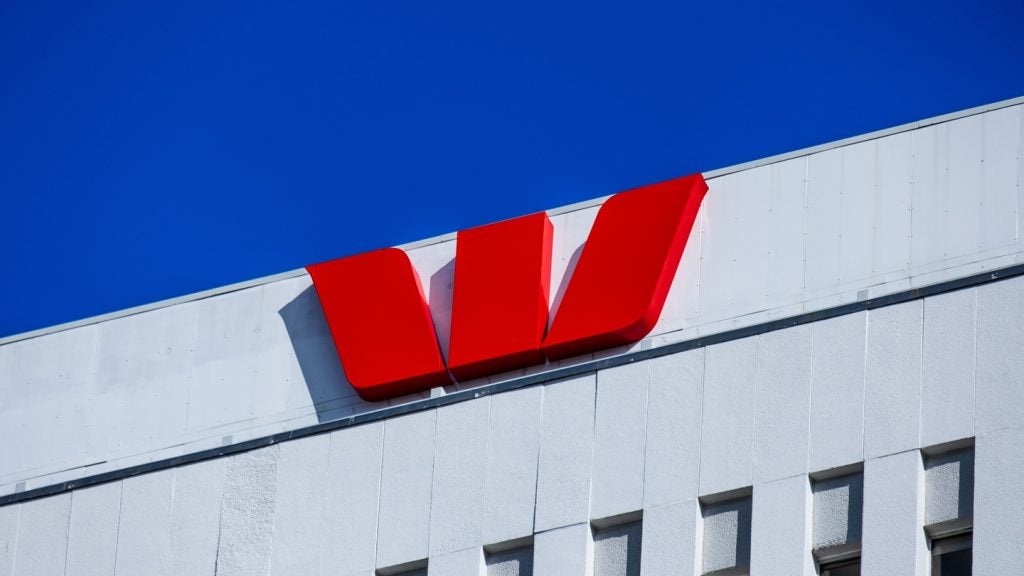most valuable brands by consultancy Interbrand reveals that
financial services companies performed well in 2007. China Life’s
brand value rose the most, doubling in value, while China
Construction Bank replaced Bank of China as the most valuable bank
brand, writes Douglas Blakey.
Chinese banks and insurers dominate Interbrand’s 2007 Best
Chinese Brands survey, filling ten of the top 16 places.

Access deeper industry intelligence
Experience unmatched clarity with a single platform that combines unique data, AI, and human expertise.
The country’s largest insurer, China Life, was the strongest
overall performer, doubling the value of its brand, while China
Construction Bank (CCB), up one place to second, was the strongest
performing bank.
Its brand value rose by 22 percent, enabling it to replace Bank of
China (BoC), now ranked third, as the most valuable bank brand
despite being the third largest bank by assets after Industrial and
Commercial Bank of China (ICBC) and BoC.
ICBC, unranked in 2006, entered the 2007 survey ranked fifth.
CITIC Bank benefited from its public listing in April 2007 and a
range of brand awareness campaigns and sponsorship initiatives to
enter the survey for the first time (ranked 14th). And Minsheng
Bank’s flair for financing of small and medium sized enterprises
helped it to make an entry into the top 25 (ranked 16th).
Growing at a dizzying rate
While China’s economy continues to grow at a dizzying rate, Chinese
brand values are only just beginning to realise their potential and
continue to represent a smaller proportion of firms’ market
capitalisation than Western counterparts.

US Tariffs are shifting - will you react or anticipate?
Don’t let policy changes catch you off guard. Stay proactive with real-time data and expert analysis.
By GlobalDataFor instance, China Construction Bank’s brand value is given as
CNY83 billion ($11.4 billion) – in its 2007 Global Brands
ranking, Interbrand valued Citi’s brand at $23 billion,
HSBC’s at $13.6 billion and ING’s at $3.9 billion.
Interbrand’s Asia-Pacific strategy director, Jonathan Chajet, told
RBI in an interview that “brand as a percentage of market
cap will still remain lower for a while [in China]. I think you may
see a catch up in the next five years, as brand plays an
increasingly important role, and as the price/earnings ratios for
Chinese banks become less.”
But according to Chajet, there is evidence that Chinese banks are
recognising the need to invest in their brand. “Many of the banks
are improving their retail experience, investing in online banking,
for example, and getting in on the sponsorship craze, such as Bank
of China’s major support of the 2008 Olympics. I think the more
progressive banks like Bank of China, Merchants Bank and CCB are
among the leaders.”
The country’s banks are also responding to the entrance into the
local market of major international players, such as Citi and
HSBC.
“All Chinese banks are eager to learn from Western peers. CCB, for
example, has a close relationship with Bank of America, and they
are sharing marketing learning. The local banks have begun to
understand the importance of branding – particularly when product
features like interest rates are so heavily regulated by the
government – but it is too early to tell if they are learning and
improving,” said Chajet.
Impressive marketing initiatives
A number of branding and marketing initiatives in the past year
have been impressive, he added.
“China Merchants Bank has done a fantastic job. It has targeted
higher net worth individuals, offering a premier service and making
credit cards a core part of their marketing. It has captured a huge
share of the credit market already,” said Chajet.
“CCB also is doing very well, mostly because its core business is
loans to the real estate market, and I don’t see a reason for that
bubble to burst any time soon… Minsheng Bank could also be a
winner. Privately owned and well-capitalised, they could copy China
Merchants, but they also have an expertise in small to medium sized
businesses.
“I think this is an under-served part of the market, and could be
the next engine for growth for China, which means the government is
likely to advance favourable policies,” said Chajet.
The insurer Ping An also attracted a favourable report. “Ping An
has done something interesting – largely a life insurance company,
it bought a bank and is now looking to offer integrated financial
services including insurance, banking, credit cards and asset
management. It remains to be seen if it will succeed, but it
certainly has a grand vision,” he added. Ping An, 17 percent owned
by HSBC, has announced plans to raise almost $22 billion via a new
share issue to help fund acquisitions as it looks to grow its
franchise.
And looking ahead, Chajet suggested ICBC’s brand value had scope
for a major increase in value. “I think ICBC could be a huge winner
in the medium term. It has government backing and the distribution
network – distribution is key as Chinese consumers are still highly
sceptical of internet banking.
“[ICBC] has the largest retail network, with more branches and ATMs
than anyone else by far. Its brand has, however, suffered due to
its reputation for customer service being among the worst, and its
image is a bit old-fashioned. Now it has redesigned its logo,
giving it a more modern look and feel and is investing in
technologies like online banking,” he said (see “News
digest”).








